CBD is derived from the cannabis plant. It does not produce a “high” in the same way as the other main compound, THC (tetrahydrocannabinol), but numerous studies have shown CBD to be effective in treating many conditions. Some of the most common ailments that CBD is used to treat are insomnia, anxiety, and inflammation, but this wonder molecule may have use in a range of other health applications as well.
Although legalization is rapidly spreading across America and the world, cannabis and THC remain illegal in many places. The good news is that not all of these places also forbid the use of CBD, so even if you don’t live in a legal state or country, you may be able to enjoy some of the benefits of the cannabis plant. Always check your country and/or state’s legislature before making a purchase though, as the last thing anybody needs is to land themselves in legal hot water!
When prepared as a health aid, CBD comes in many forms. The specific CBD formulation that is right for you will depend on numerous factors. Read on for a thorough overview of the different types of CBD, what they are used for and who can benefit from them.
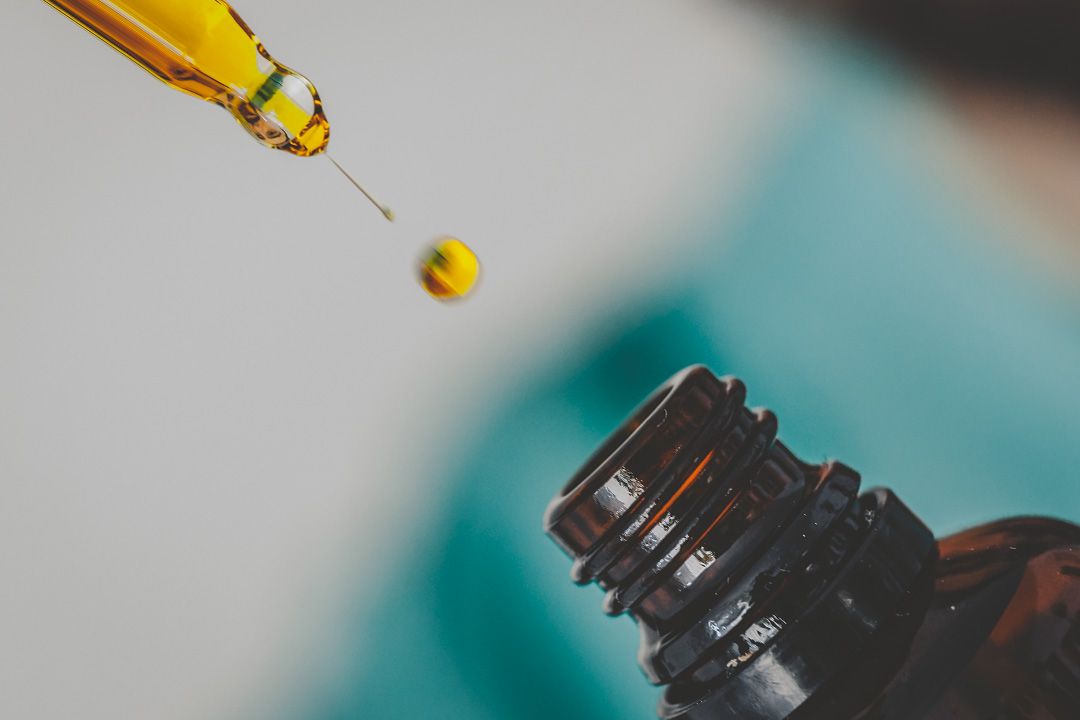

CBD Vape Juice
My personal favorite method of CBD delivery is using it in my vape. As you probably already know, vape juice consists of a base of propylene glycol and vegetable glycerine, plus flavorings and (normally) nicotine. What you may not be aware of is that many vape shops now also stock eliquid, or “juice” as it is commonly known, that contains CBD instead of nicotine.
To use CBD vape juice, you just load it into your vaping device of choice, fire it up and puff away as you normally would. When inhaled, the CBD in the vape clouds is absorbed through the lining of your lungs where it passes into the bloodstream.
One of the chief benefits of consuming CBD in a vape, aside from convenience, is that it has a very high bioavailability compared to other methods (more on that later).
CBD Edibles and Capsules
Another common method of taking CBD is through the use of “edibles” such as cookies, gummies, etc, or simply swallowing capsules of the stuff.
Getting the right dose with edibles and capsules is very straightforward, as they almost always display the exact dose per edible /capsule on the side of the packaging.
A neat property of CBD is that it is fat-soluble, meaning it can be extracted into an oil such as coconut oil, olive oil, or even good ole’ fashioned butter. The CBD oil can then be used in various cooking recipes, or even just consumed as it is. Alternatively, for those who don’t like the taste, or would prefer not to have the hassle of cooking, concentrated CBD can be put into capsules and then simply swallowed with water.
A warning about making your own CBD edibles – It is nearly impossible to control your doses in this way without access to highly expensive laboratory equipment, so you have no real way of knowing the concentration of the different cannabinoids in your product.
The oral administration route for CBD can take longer to have an effect, so you should try and take them at the same time every day, preferably in the morning.
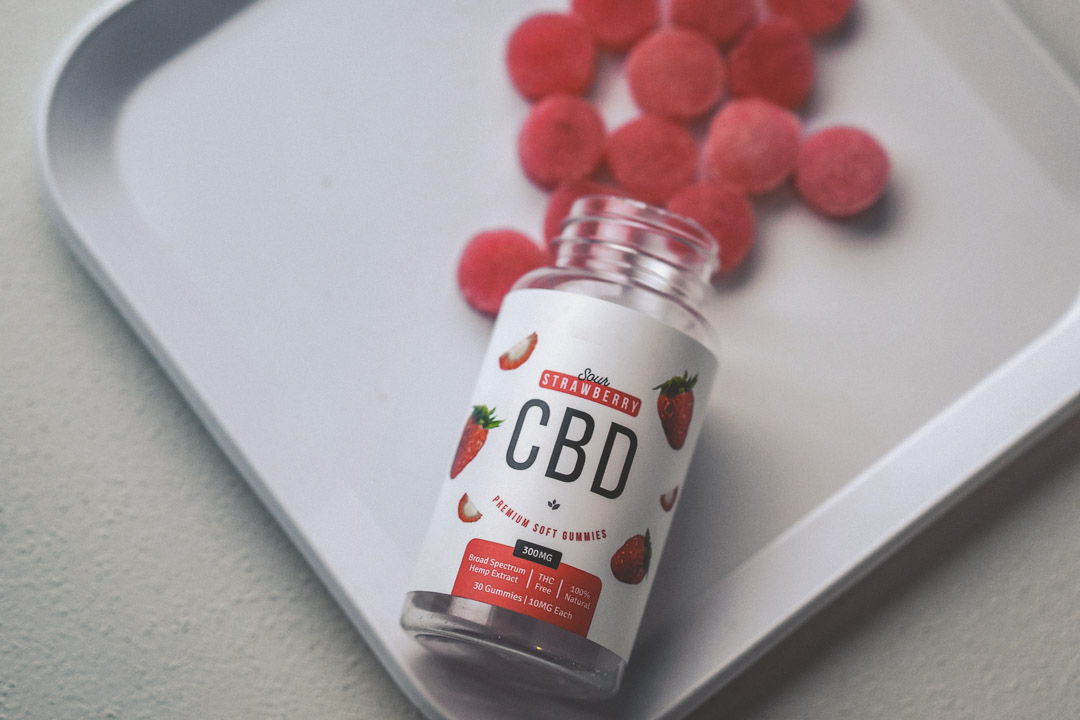

CBD Flower and Concentrates
If you prefer to consume your cannabis products the old-fashioned way, i.e. by smoking them, you’re in luck! Advances in breeding technology means many of your favorite strains of cannabis are now available for purchase in a THC-free form. This “CBD weed”, as it is sometimes known, can be smoked in a joint, bong, pipe, or vaporizer exactly as you would the regular stuff.
A revolution that has taken the cannabis world by storm, especially in places where recreational cannabis has been decriminalized, is the advent of cannabis concentrates.
Also known by names such as wax, shatter, or dabs, cannabis extracts consist almost entirely of pure cannabinoids that have been drawn out of the plant matter and then dried out. The result is a sticky, wax-like substance that produces an incredibly potent high when consumed.
Not to be left behind, the CBD market quickly cottoned on to the popularity of extracts. There are now many different kinds of CBD extract available, and they tend to be very pure.
Smoking extracts is a little more involved than smoking cannabis flower. To consume either THC or CBD extracts most efficiently you’ll need a specialized water pipe known as an “oil-rig”. Smoking extracts is far more complex than other methods of CBD, and it is very easy to unwittingly take huge doses. As such, this method of CBD imbibement is only recommended for the more advanced user.
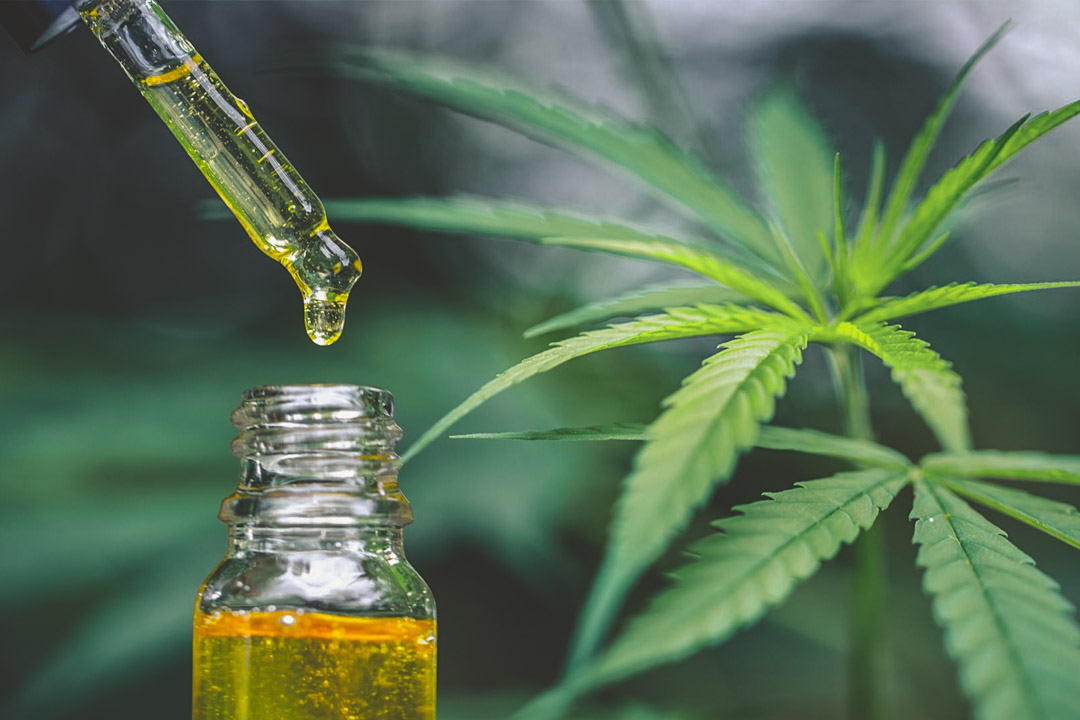

CBD Topicals / Patches
If your schedule doesn’t allow for multiple daily dosing, or if you simply prefer a “set-and-forget” type of approach, CBD patches could be the method of delivery that works best for you. With patches, the CBD is combined with an ingredient that allows it to be absorbed through the skin over a set duration of time.
The chief benefits of patches are that they take all of the guesswork out of dosing, and they deliver a steady stream of CBD into your system over the allotted period.
If you want to use CBD to treat symptoms in a specific part of your body, patches enable you to do so. Another option for targeted dosing of CBD is to use a topical cream.
CBD Oils / Tinctures
CBD is available in a liquid suspension, commonly known as an oil or tincture. Oils and tinctures differ from other methods of using CBD as they are absorbed sublingually, i.e. under the tongue. To use CBD in oil or tincture form, you simply place the required dose under your tongue and then hold it there for as long as possible (at least 30 seconds) without swallowing.
As well as drops, CBD tinctures can also be purchased in an oral spray. Sublingual sprays are often chosen for their incredible convenience – You don’t need anything except the spray – and the onset of effects is substantially quicker than using capsules or edibles.
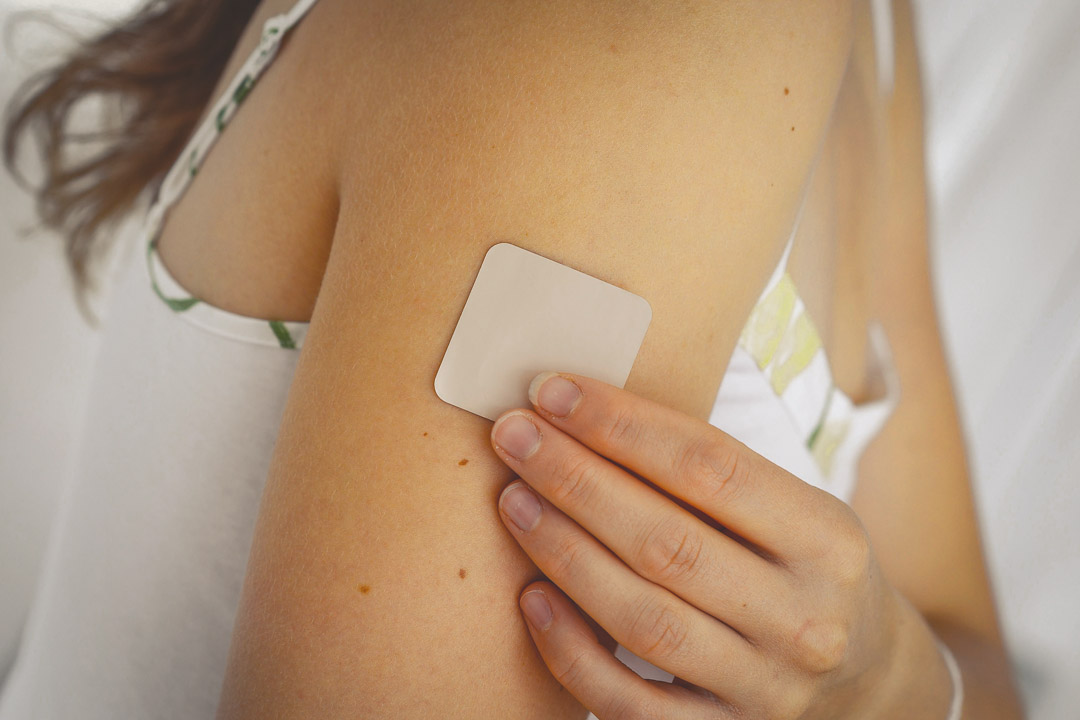

Bioavailability of CBD
Bioavailability is a concept in pharmacology that essentially describes how readily your body can process a particular ingredient. The bioavailability of CBD changes dramatically depending on the specific method of consumption, meaning that even if two products have the same strength or concentration of CBD, the onset time, duration, and intensity of their effects can vary drastically.
Bioavailability is expressed as a percentage, where the percentage number signifies how much of the CBD your body will be able to absorb. The bioavailability for CBD is as follows:
- CBD topicals/patches: 35-40%
- CBD vapes: 40-50%
- CBD tinctures: 20-30%
- CBD capsules and edibles: 5-15%
These numbers are important to bear in mind, especially if you have been using CBD in one form for a while and decide to switch, as you will need to recalibrate your dosage depending on the method of absorption.
As you can see, vaping is far and away the most efficient way to take your CBD. If you vape 10mg of CBD you will be able to absorb a whopping 4-5mg of the substance, whereas eating the same amount would result in only 0.5-1.5mg being absorbed. This can have a significant impact on your costs over a long enough timeframe.
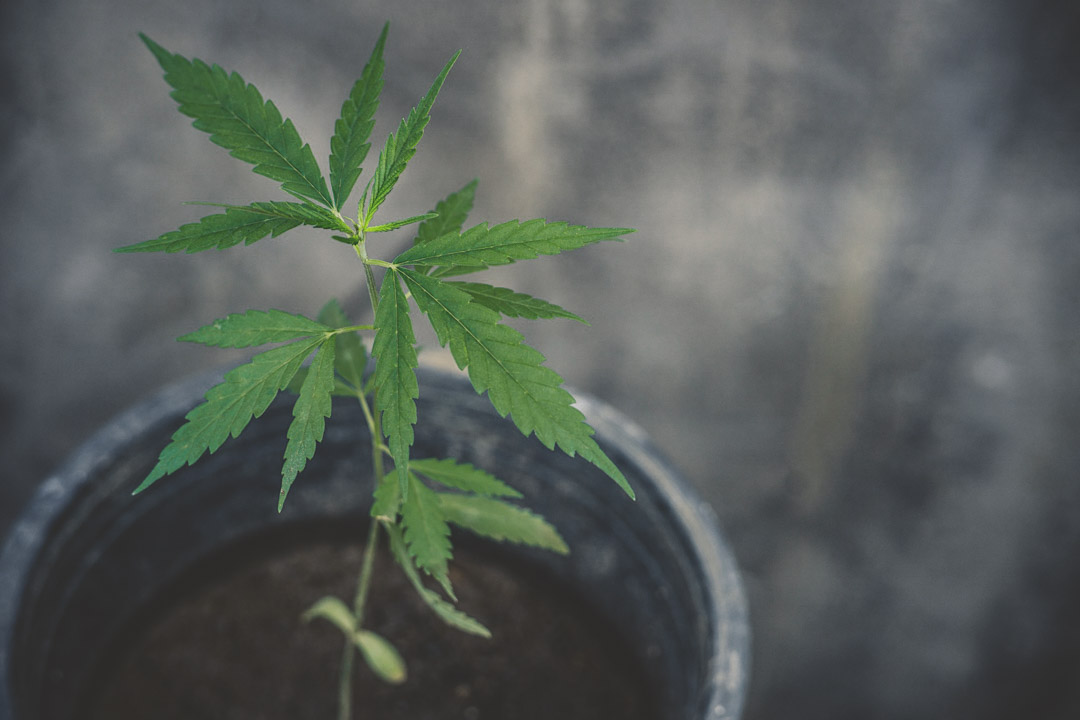

Does the type of CBD affect dosage?
As well as strengths and delivery methods, it is important to be aware that there are several different types of CBD available on the market. The three types you are most likely to encounter are:
Full-spectrum
Full-spectrum, as the name suggests, contains all of the cannabinoids, in the same ratios, that are found naturally in the leaves and flower of the cannabis plant. It is theorized that the various cannabinoids work synergistically to provide their benefits, and therefore a full-spectrum extraction should provide the greatest number of benefits. However, it should be noted that this form of extract does contain some THC (though typically this is less than 0.5%), so if you don’t want to risk the psychoactive effects of THC, you would be best advised to look to another form.
Broad-spectrum
Broad-spectrum CBD extracts provide a nice alternative to full-spectrum for those people who are looking for the “entourage effect” provided by various cannabinoids working together but would rather avoid the psychoactive effects of THC.
Isolate
As the name suggests, CBD isolates contain little of anything except pure CBD.
Some people report that full and broad-spectrum CBD has a greater effect than isolate, but you will probably have to play around with various types, forms, and dosages to see if this holds for you. Everybody (and everybody) reacts differently to CBD!
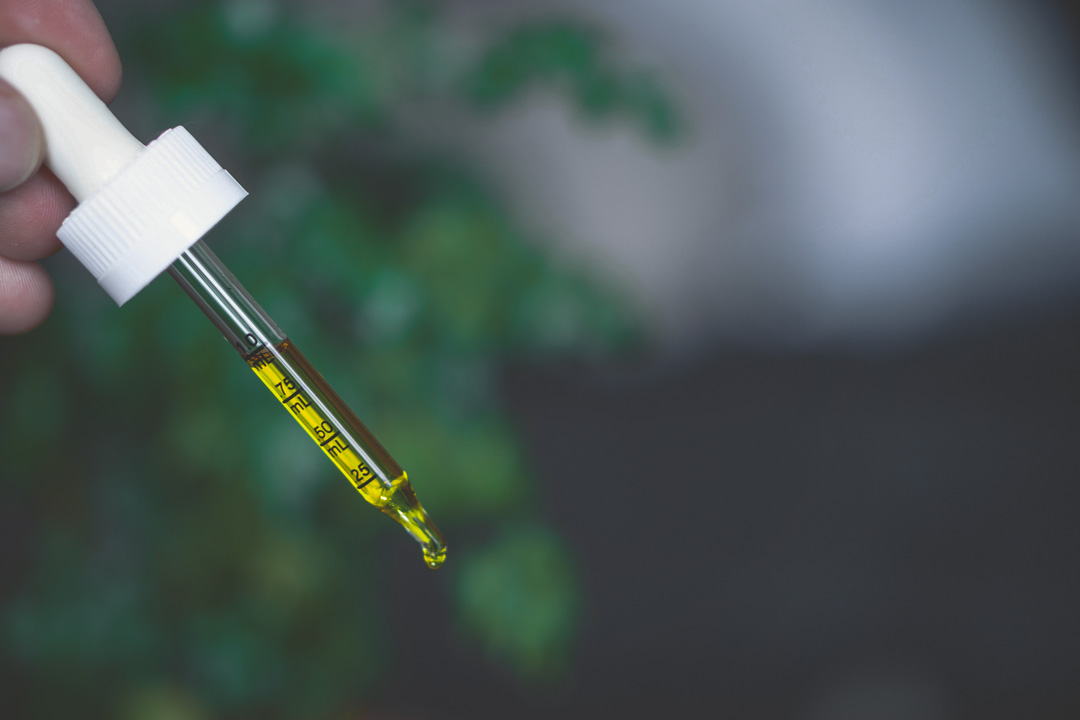

Recommended dosages for CBD
It’s difficult to make hard and fast recommendations for how much CBD an individual should take without being fully aware of their circumstances. It is always a good idea to start small when introducing any new supplement into your life.
Your weight can make a big difference to how CBD affects you. Generally speaking, the heavier you are, the more CBD you will need to take to experience the same effect.
For individuals weighing 80-150lbs, we recommend taking between 12mg and 15mg, if you weigh 151-240lbs then 18mg-27mg is the range you want to start in, and 240lbs+ will need anywhere from 23-45mg.
The above dosages are the recommendations for oral consumption of CBD, so if you are using a method with higher bioavailability, such as vaping, you will need to tweak things around some.
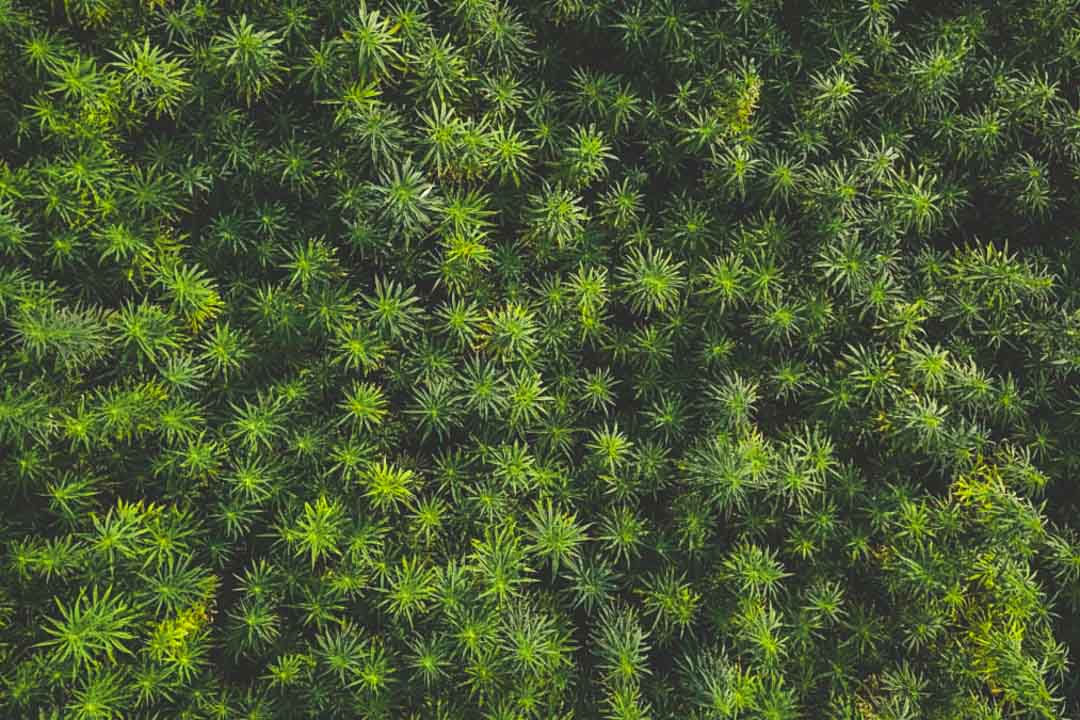

Summary
On the surface the question “how much CBD should I take?” may seem like a simple one, but there are many factors that can dramatically influence the correct answer. Things like the type of CBD, the method of taking it, the condition you hope to treat and the size of your body mass can all have an effect on how much to take.
The best course of action when taking any new supplement, CBD included, is to start off small and slowly increase the dose. Incrementally increasing your dosage in this way is doubly beneficial – You save money by not taking more CBD than you need, plus you reduce the likelihood of any unwanted effects.
Overall, vaping CBD is by far our preferred method of taking it. The bioavailability and convenience of vaped CBD is second to none. The way that is best for you will require some self-experimentation, so get out there and start enjoying the benefits of this wondrous substance!
